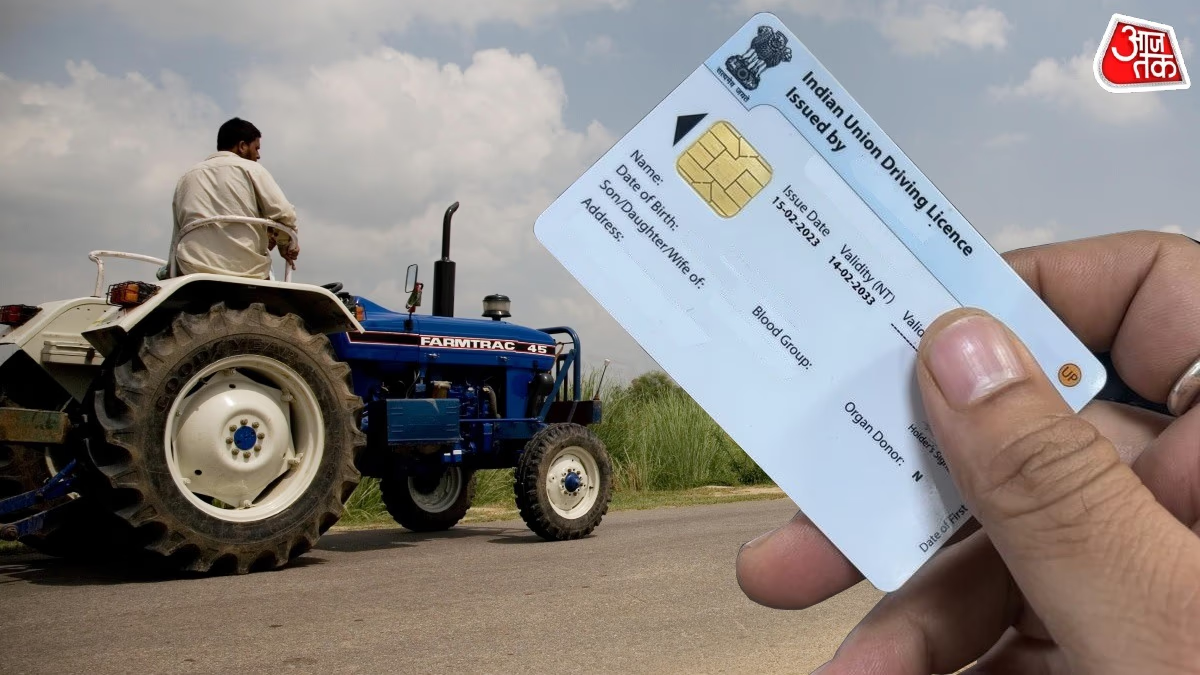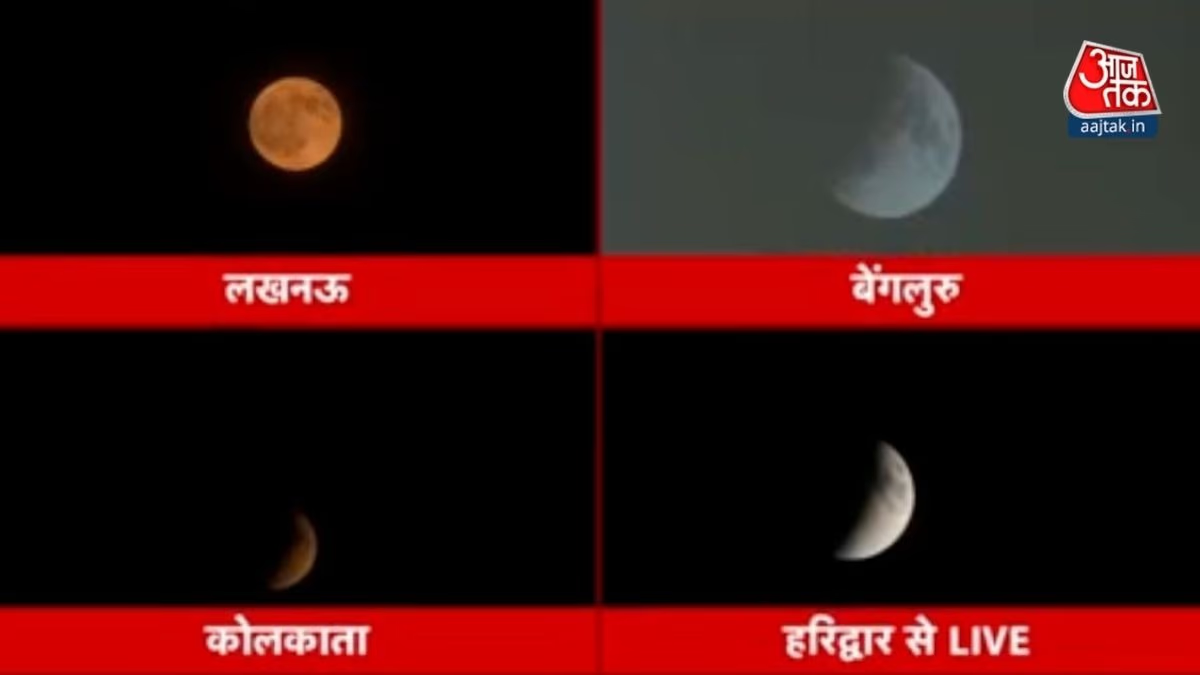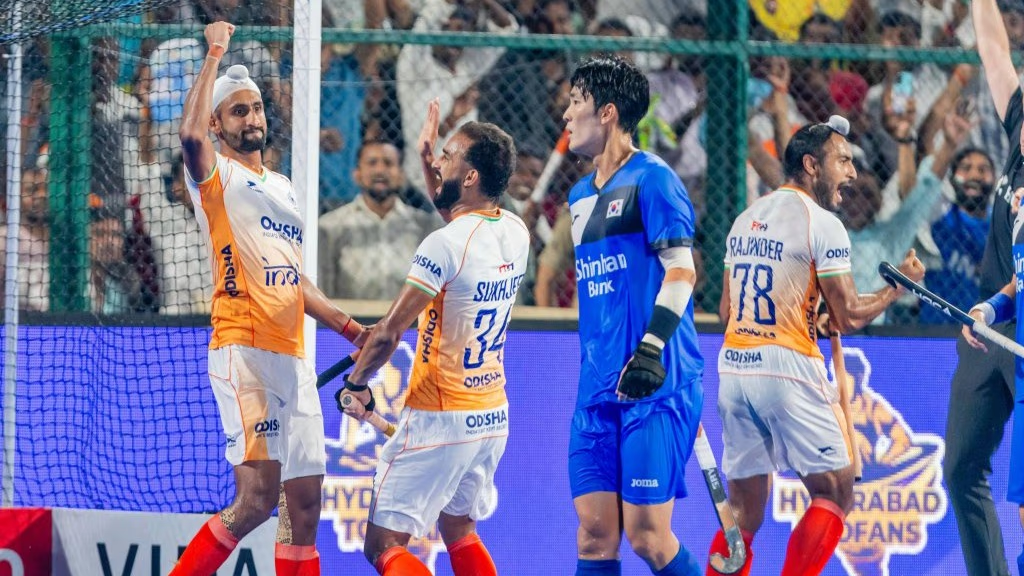Can you drive a tractor with a light motor vehicle (LMV) driving license? Nearly 7 years ago, the Supreme Court said that if you have an LMV driving license, you can use it to operate tractors or road rollers, provided the vehicle does not weigh more than 7,500 kg unladen. But now the court is set to deliver its verdict on a petition challenging that decision. This will determine whether an LMV driving license holder can drive vehicles like tractors.
The Supreme Court reserved its judgment on a legal question, "Can a person holding an LMV driving license drive a vehicle weighing more than 7,500 kilograms unladen?" This question has led to various insurance claim disputes related to transport vehicle accidents involving LMV license holders.
On August 21, a bench led by Chief Justice of India (CJI) D.Y. Chandrachud indicated it might not wait for the government's perspective on the questions arising from the challenge. This suggests a decision could come soon.
About nine months ago, on November 22, 2023, the central government informed the court that it would review Sections 2(21) and 10 of the Motor Vehicles Act, 1988 (MVA) and recommend amendments. These sections deal with the definition of "Light Motor Vehicle" (LMV) and the format of driving licenses. However, there has been no further communication from the government.
The Issue and Its Origin:
To understand this issue, let's go back a bit. In 2017, the Supreme Court needed to decide whether a person holding an LMV driving license needed a separate license to drive transport vehicles. At that time, the court said that anyone holding a license for light vehicles could also drive road-rollers, tractors, and "transport vehicles" such as cargo carriers or school/college buses, provided the vehicle's weight did not exceed 7,500 kilograms unladen. The term 'unladen' refers to the vehicle's weight without including the driver, passengers, or any other load.

Source: aajtak
What the Motor Vehicles Act Says:
Under Section 10 of the Motor Vehicles Act (MVA), each driving license must specify the category of vehicles the license holder is permitted to drive. This means your license should clearly state the types of vehicles you are authorized to operate. This section differentiates between 'light motor vehicles' (LMV) and 'transport vehicles.' Additionally, Section 2(21) of the MVA defines an LMV as a transport vehicle or bus with a gross vehicle weight not exceeding 7,500 kilograms.
According to an Indian Express report, a bench of Justices Arun Mishra, Amitava Roy, and Sanjay Kishan Kaul (all now retired) noted that in 1994, the Motor Vehicles Act was amended to introduce 'transport vehicle' as a class, replacing the four older categories for passenger and goods vehicles, which were classified as light, medium, heavy, and transport.
At that time, the bench argued that the separate category of 'transport vehicles' would not apply to vehicles falling under the definition of LMV. The court reasoned that the categorization could lead to unreasonable outcomes. For instance, "a private car owner holding an LMV driving license could be deemed unlicensed to drive if they added a carrier or a trailer to their car and transported goods, thereby turning the light motor vehicle into a transport vehicle."
The Challenge to the Decision:
In July 2011, the Motor Accident Claims Tribunal ordered Bajaj Allianz General Insurance to compensate a claimant with INR 502,800 for an auto-rickshaw accident. On appeal, the Rajasthan High Court ruled in August 2017 that the insurance company should pay the compensation as the auto-rickshaw was considered both a light motor vehicle and a transport vehicle. The High Court cited the Supreme Court's decision in the Mukund Dewangan case in its ruling.
In 2018, Bajaj Allianz approached the Supreme Court, arguing that the judgment in Mukund Dewangan did not consider several provisions of the MVA that differentiate between the requirements for operating light motor vehicles and transport vehicles. In March 2022, the court acknowledged that "certain provisions were overlooked in the Mukund Dewangan judgment," and referred the matter to a constitution bench.
What Happened in the Constitution Bench:
In July 2023, after two days of hearings, the court asked the Ministry of Road Transport and Highways to present its stance on the issue. On September 13, 2023, India's Attorney General R. Venkataramani appeared before the court and argued that the Mukund Dewangan decision did not align with the MVA. The Attorney General also stated that the government was prepared to re-evaluate the legal position on the matter. The court then asked the government to review the entire issue and propose a roadmap for amendment.
On April 16, 2024, the Attorney General informed the court that a proposed amendment was ready, but requested a postponement until after the Lok Sabha elections to present it to the Parliament. However, when the case came up for hearing this month, the Attorney General told the court that the amendment would be introduced during the winter session of Parliament, which begins in December.
It's essential to note that CJI Chandrachud is retiring on November 10, and if the matter is further delayed, a new bench would have to be formed, requiring fresh hearings. To avoid this time-consuming process, the bench has decided to conclude the hearings and close the case. This means a decision on whether you can drive vehicles like tractors with an LMV license will be made very soon.




